Published Oct. 26, 2021
Spooky season is here! And with it, imagery is popping up everywhere of bats, snakes, spiders and other species that people may find frightening. But it’s far more horrifying to consider a future without these and other essential species with unearned reputations for being scary. That’s why we asked the Conservation Coordinators at the Global Center for Species Survival to debunk myths about some not-so-spooky species and give you reasons to celebrate Earth’s biodiversity instead.
In the freshwater realm, few creatures scream “Halloween” like the piranha. Portrayed as vicious river monsters in popular culture (think the cult horror movie of the 1970s), the piranha’s reputation is worse than its bite. For starters, there could be as many as 60 species of piranhas, and all that variety means piranhas have different feeding habits. They eat everything from insects, fish, crustaceans, worms, carrions, seeds and other plant material — some are actually vegetarians. The piranhas of popular culture, the red-bellied piranhas, are known as ferocious pack hunters, though shoaling provides safety in numbers to protect them from caimans, birds, river dolphins and other creatures that want to eat them. As with most predators, piranhas are unlikely to harm humans unless threatened.
The scariest thing about freshwater is how many species we’re losing in these habitats — almost one-third of freshwater biodiversity is facing extinction due to threats like pollution, invasive species and over-harvesting. Freshwater ecosystems cover less than 1 percent of the world’s surface but are home to more than 25 percent of all vertebrates. Some 140,000 species — including 55 percent of all fishes — rely on freshwater habitats for their survival. By protecting these ecosystems, we’ll ensure a future for the species that depend on them, including all of us who use these habitats for work, play, food and drinking water.
Spider webs and black widows are staples of Halloween decorations. While they can be mistakenly thought of as deadly to humans, the reality is that recent Marvel movies got it right — the black widow should be seen as a superhero! Black widows and other spiders keep us safe by keeping pest populations down. And while bites do occur in the U.S., not a single confirmed death has been recorded in nearly 40 years; many of the reported bites may actually be bites from other animals. Even when spiders do bite, symptoms are often mild or non-existent. That’s because not all spider bites include venom. This is what’s known as a “dry bite.”
Spiders aren’t trying to kill you, but the fear of these animals can be harmful. Fear reactions in humans can lead to deadly consequences, particularly when driving or climbing. Humans needlessly kill thousands of black widows and other harmless spiders. Black widows and all spiders are important to the ecosystems they call home. If they disappear, so too could many of the beautiful birds that feed on them. And the insects and mice that black widows feed on would come after our food. It’s better to live in awe of spiders rather than live in fear of them.
Halloween and bats are synonymous in western culture. These mysterious flighted mammals have become the harbinger of the spooky season. They’re often portrayed as evil creatures of the night, when in fact, they’re incredibly beneficial to ecosystems and humans. Let’s de-bunk some of the myths that have created larger-than-life personas for vampire bats in particular.
Of the more than 1,400 bat species, only three — or less than 0.2 percent — are vampire bats. Their saliva contains a protein that keeps blood from thickening, making it easier for them to keep drinking. The protein is what’s known as an anticoagulant, and it’s being researched as a potential treatment for stroke victims.
These bats are found only in Central and South America, not Transylvania — home of vampire folklore. Their name comes from the fact they are the only mammals that feed entirely on blood, though they don’t “suck” it. Instead, they lap up blood (much like your household cat) after biting their prey — typically cattle and birds. Other blood-hungry, or hematophagous, species include mosquitoes, ticks and leeches, and these species pose a much greater threat to humans due to possible disease transmission.
Ghost sharks are a lesser-known group of marine cartilaginous fishes that are closely related to sharks and rays. Although spooky-looking, these animals are in fact harmless to humans. Most fishes have sensory organs called lateral lines along the sides of their bodies to help them feel vibrations in the water from predators and prey, but ghost sharks have these lines on their faces, making them look as though they’ve been stitched together like Frankenstein’s monster. Little is known about most of the 52 species of ghost sharks because they live in very deep ocean waters, but some species are found closer to shore, putting them at risk of fisheries.
Another spooky-looking but harmless creature of the deep is the goblin shark. It lives in deep waters down to 1,300 meters — that’s nearly a mile — and can grow to 13-16 feet in length. Known as Mitsukurina owstoni to scientists, this shark has been described as “grotesque” and has a curiously elongated nose. When feeding on its prey of squid, octopus, crabs and shrimp, goblin sharks drastically extend their jaws in gruesome fashion. Indeed, this rare predator would be scary to encounter in the wild. Thankfully, it lives too deep to be encountered by people.
Popular in media and house plant collections, carnivorous plants fascinate us. But have you ever wondered if one could bite you, like the alien plant from Little Shop of Horrors? Fear not! (Unless you are a frog, mouse, spider or insect.) There are more than 800 species of carnivorous plants, with more than 60 species in the U.S. They vary from the well-known Venus-fly trap, which captures its prey by trapping it between toothed leaves, to plants that use cup-like traps filled with digestive juices, like pitcher plants, sundews and others that have sticky glands on their leaves where insects get stuck. These plants live in poor nutrient soils, and they have adapted to capture and digest animals to absorb the nutrients they need. While these plants pose no danger to you, many are threatened by land-use change and illegal plant trade. If you are thinking about buying one of these amazing plants, make sure you know their source and that they are being legally traded.
Another amazing group of organisms are zombie-ant fungi! This well-named species makes ants behave like zombies. The fungus affects the ant’s brain and changes its behavior to leave the colony and climb a plant above an ant trail. The ant is then killed by the fungus growth, which benefits from its spores being dispersed to other ants below on the trail. Although this might sound terrible, these fungi are extremely important to the ecosystems they serve. Yet despite their importance, little is known about them and various species are described as new to science every year. So next time you see an ant clutching onto a leaf… look out for the fungi! Don’t forget to take a picture and record your findings on platforms such as iNaturalist or Mushroom Observer.
“Fillet of a fenny snake, In the cauldron boil and bake; Eye of newt and toe of frog … for a charm of powerful trouble, like a hell-broth boil and bubble.” This line from Shakespeare’s “Macbeth” exudes spookiness across some of the coolest species out there: herps! Herpetofauna — or reptiles and amphibians — are unique and important contributors to our ecosystems. Thankfully, the eye of newt actually refers to mustard seed and not our cute amphibian companions.
Newts are salamanders from the subfamily Pleurodelinae. They are semi-aquatic and found across North America, Europe, Africa and Asia. Unlike other salamanders, newts have rougher skin and many produce toxins as a defense mechanism against predators. The rough-skinned newt (Taricha granulosa) in the Pacific Northwest can produce enough toxins to kill an adult human. Newts are rarely seen, so consider it a treat if you ever do wander upon the actual eye of a newt, as they come in a variety of colors and patterns.
Unfortunately, amphibians are the most threatened terrestrial vertebrates, with upwards of 40 percent of species at risk of extinction. Primary threats include habitat loss, disease, trade and pollution.
Some of our scalier friends also elicit Halloween thoughts, especially snakes. Colorful, charismatic and dramatized in Hollywood movies, these creatures are often gentle and docile, preferring to be left alone. While some snakes are venomous, it is rare for snakes to interact with humans unless provoked. Snakes are important for ecosystems and play the role of both predator and prey, and act as a form of pest control.
The biggest threats to snakes are unsustainable wildlife trade, habitat loss and fragmentation, and invasive species. If you see a snake outside, admire its beauty and let it be, it’s here to do a job for you and me.
Quoth the Raven “Nevermore.” Corvids, the family of birds that includes ravens and crows, haunt our imaginations and inspire spooky thoughts. We even use the term “murder” to describe a group of crows. While these black beauties provide gothic inspiration for creative writers, their intelligence is perhaps their most impressive quality. Some corvids have demonstrated tool-use abilities, others are excellent problem-solvers, and some appear to recognize their own reflections as well as the faces of individual humans. Their behavior is complex and interesting, which is probably why they’re so common in pop culture and folklore.
Unfortunately, some species of corvids are less common due to habitat loss and invasive species. Among those of greatest concern is the Hawaiian crow (Corvus hawaiiensis), which is now extinct in the wild. Fortunately, some of these birds are being cared for by humans who are working on a breeding and reintroduction plan.
The Global Center for Species Survival supports and connects thousands of conservation experts working to secure a future for fauna, flora and funga. Connect with us on Facebook and Twitter to learn more about Earth’s incredible biodiversity and the work of conservationists.
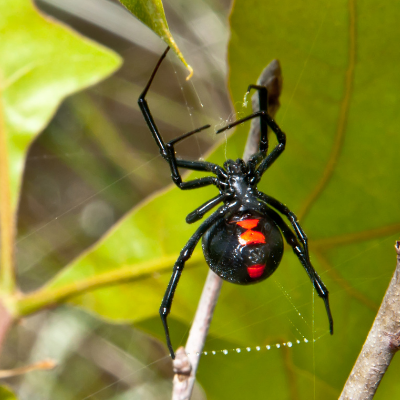
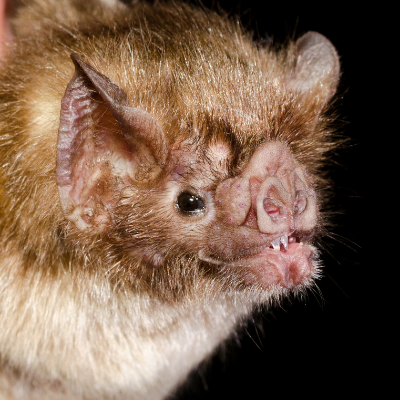
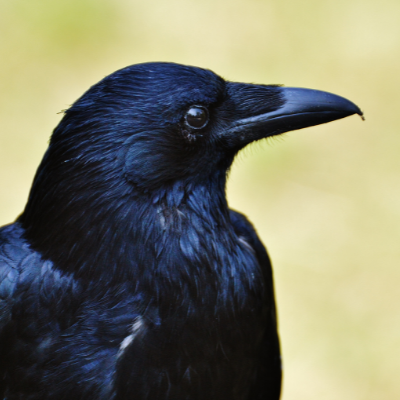
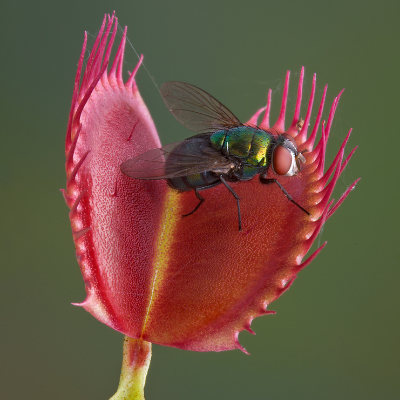
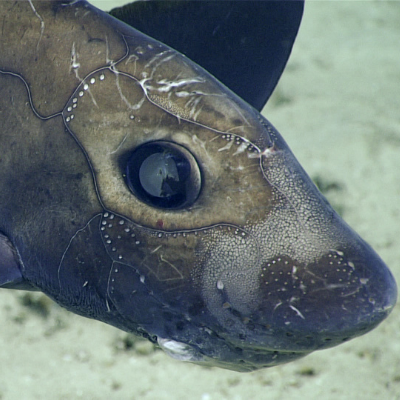
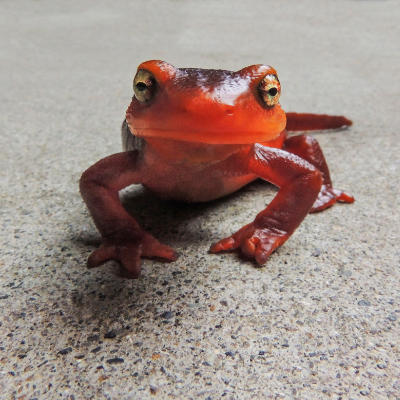
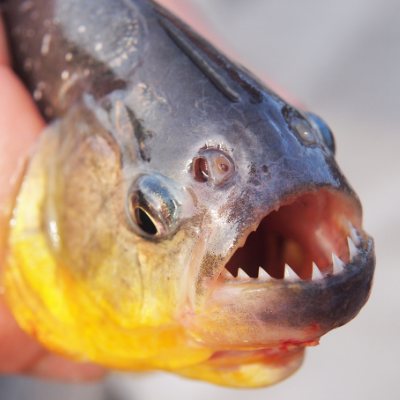
Pick your day. Pick your price. Pick your package. Prices online are cheaper than at the gate.